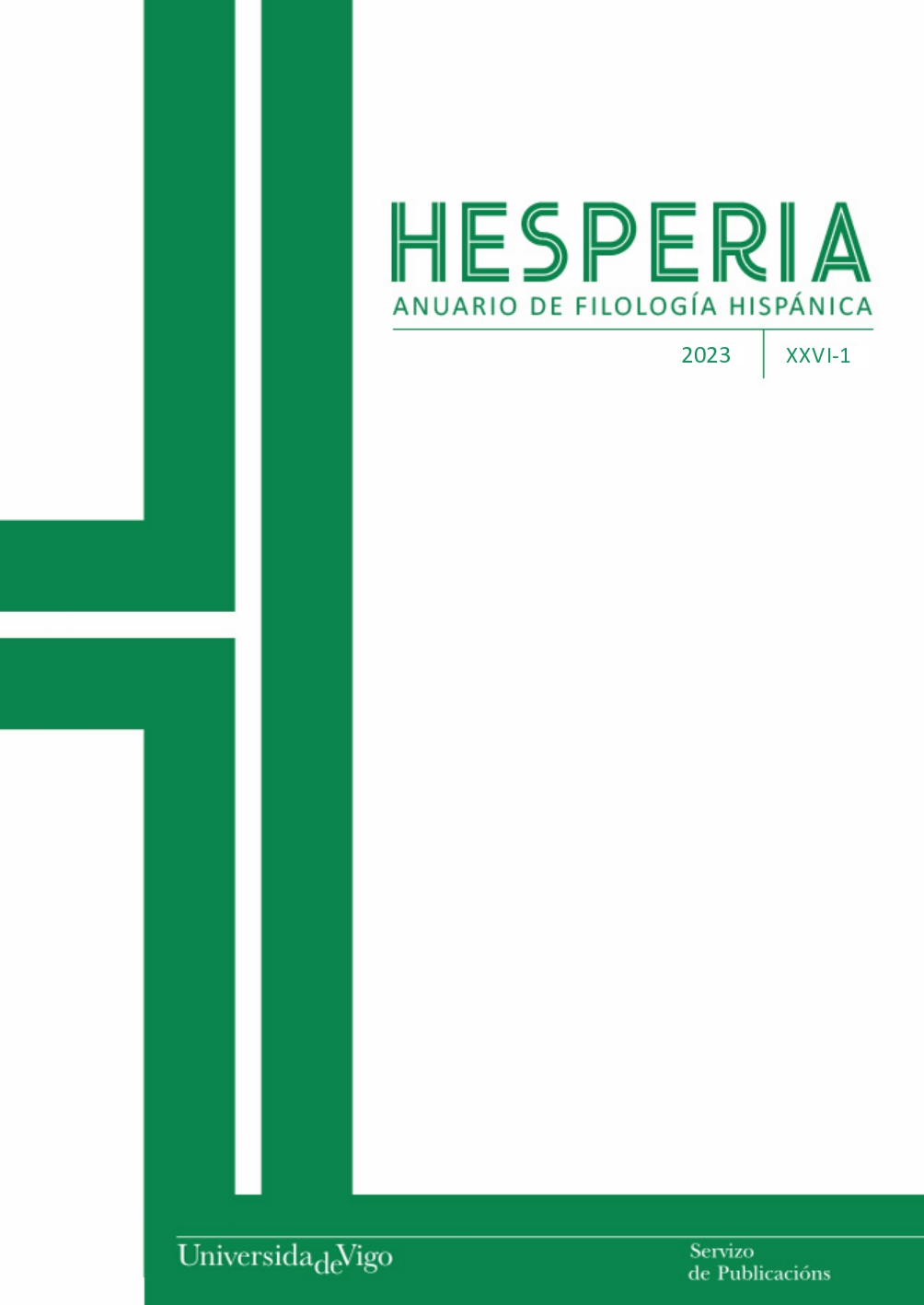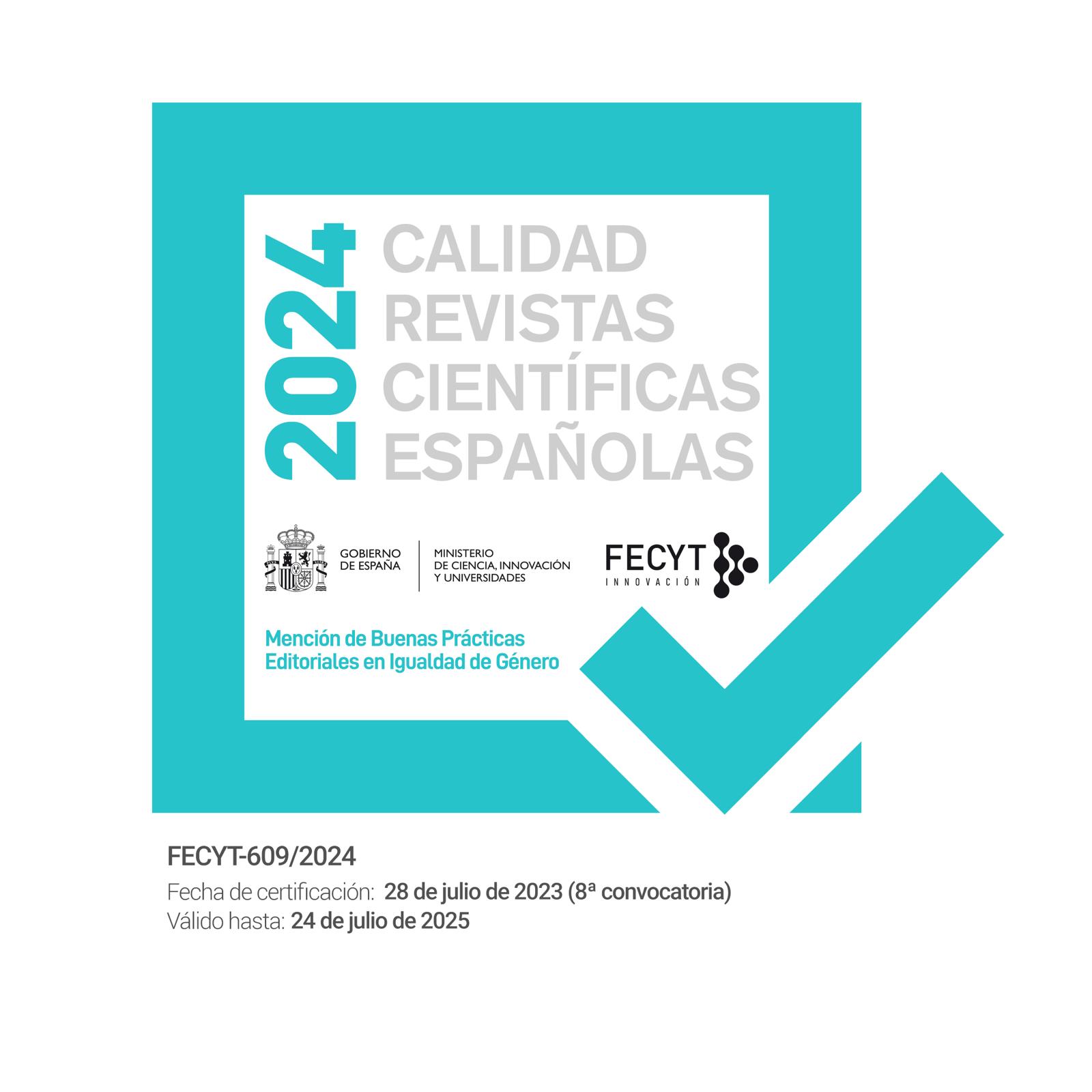Captive bodies in the algerian chronotope: analysis of El Trato de Argel, by Miguel de Cervantes, and "yo no invento nada", by Max Aub
DOI:
https://doi.org/10.35869/hafh.v26i1.4797Keywords:
Max Aub, Cervantes, Argel, captivity, chronotopeAbstract
El trato de Argel, by Miguel de Cervantes, and “Yo no invento nada”, short story by Max Aub were written with a more than three centuries time gap. Following the present research it is clear that there are similarities of different kind in between both of them. Because of this, we can assure that Cervantes’s work had an influence in Max Aub’s texts. If we add the fact that some of Aub’s texts are dedicated to Cervantes to the conclusions of this research, can we assure that the meeting point was intended by “Yo no invento nada”’s author? First, we will explore the space and time of both texts using Mijaíl Batjín’s concept of “chronotope”. The similarities that we can find in the time and space building transcend, sometimes, the internal text’s time and are key to establish a relationship among the living conditions and experiences that both authors suffered before or during the scripture of this literature examples. Aub, as well as Cervantes were forced to stay in prison, places where their individuality was striped away. There, they are suppressed by the norms and laws of the camp or prison authorities. In this way, studying the time and space in both texts can be added to the systematic monitoring of Cervantes and Aub’s lifes, being these in Argel or France. Their personal experiences weight not only their texts, but also their personalities. The trauma and the lack of individuality lived in this enclosed spaces imbues El trato de Argel and “Yo no invento nada”. Cervantes’s comedy and Aub’s short story have main characters built from experience, from memoir. The time and space we can find in them are shaped by the forced confinement that will be key to the final written object, which, in both cases, is similar.
Downloads
References
Rabasa Moreno, E. (2023). Cuerpos cautivos en el cronotopo argelino: Análisis de El trato de Argel, de Miguel de Cervantes, y “Yo no invento nada” de Max Aub.















